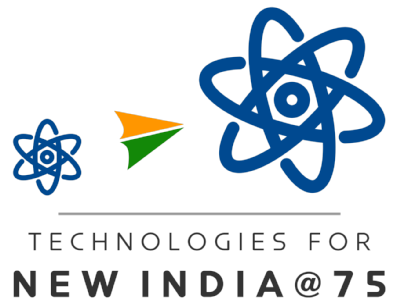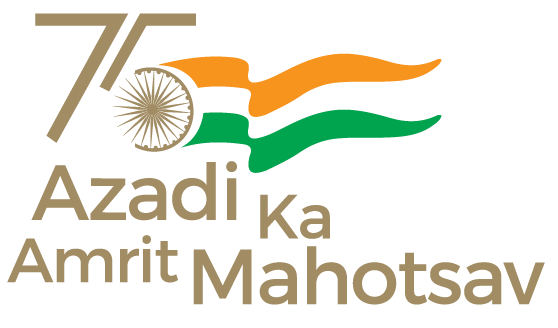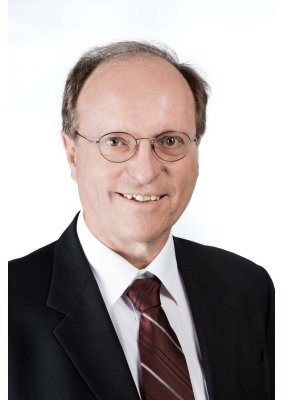Colloquium Announcement
  | Colloquium # 321
Gyrotrons for Nuclear Magnetic Resonance high-performance spectrometers
By
Prof. Jean-Philippe Ansermet,
Honorary Professor, Ecole Polytechnique Fédérale de Lausanne, Switzerland
Thursday, 2nd March at 3:30 PM
|

Abstract
This is the story of a very fruitful collaboration between the Swiss Plasma Center (SPC), located on the campus of Ecole Polytechnique Fédérale de Lausanne (EPFL, Switzerland) and the laboratory of Prof. Ansermet, also at EPFL, that has developed many techniques in magnetic resonance, in particular Nuclear Magnetic Resonance (NMR). NMR is a widespread and powerful spectroscopic technique that lacks sensitivity in some applications. Signal can be enhanced by a technique that excites electron spin resonance. In a typical NMR magnet, that resonance falls in the range above 200 GHz. SPC has developed a 100 Watt gyrotron running in a triode configuration at about 260 GHz that worked very well for this application. A patented technology was invented to make the necessary waveguides. Alternatively, these and other accessories were produced by polymer stereolithography (3D printing) and metallization. The startup issued from this collaboration, Swissto12 (www.swissto12.ch) is now involved in satellite manufacturing. The equipment that was initially used to certify the quality of waveguides was found useful in the detection of magnetic resonance at sub-THz frequencies. Some examples will be shown.
About the speaker
Jean-Philippe Ansermet was born March 1, 1957 in Lausanne. He obtained a diploma of “physics engineer” from EPFL in 1980. He went on to get a PhD from the University of Illinois at Urbana-Champaign where, from 1985 to 1987, he continued as post-doc his research with
Prof. Slichter on catalysis, by developing solid state NMR strategies to study molecules bound to the surface of catalysts. From 1987 to 1992, he worked at the materials research center of Ciba-Geigy, on polymers for microelectronics, composites, dielectrics and organic charge transfer complexes. Following his nomination at EPFL in 1992 as professor of experimental physics, he developed a laboratory, focusing on nanostructured magnetic materials. In parallel, for 26 years, he taught classical mechanics, first to future engineering students, then to physics majors. For 22 years, he taught thermodynamics, also to first-year physics students. Both courses grew into textbooks. He continues to offer a course on spin dynamics and spintronics, which he has been developing since 1998. His research activities concern various kinds of magnetic resonances. His involvement since the early days of spintronics, using magnetic nanostructures produced by electrodeposition, have allowed him to gain recognition for his work on giant magnetoresistance, charge-driven and heat-driven spin torques. Expanding on his early surface NMR, he has studied molecules on electrodes in an electrolytic environment. The sensitivity issues prompted him to engage in gyrotron-based dynamic nuclear polarization, in order to enhance NMR signals arising from surfaces.

